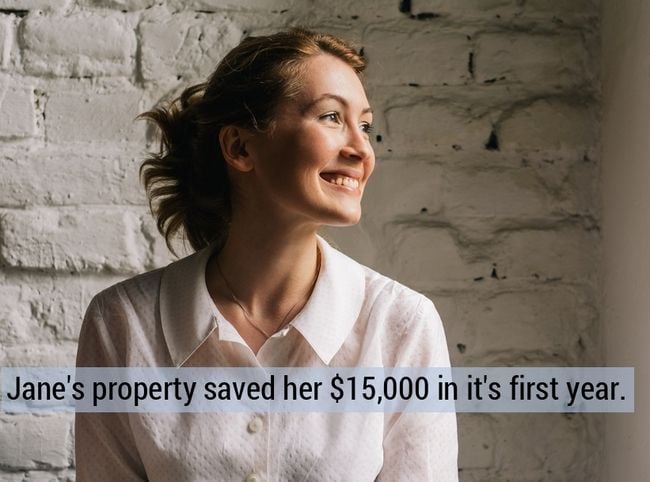What do we look at when calculating tax depreciation?Written on the 26 April 2018 by Gillian ) Clarifying Tax DepreciationTax depreciation can seem a little vague for many people as you try to work out how it all works. We talked about this in one of last months blog posts 'Why a tax depreciation report should be renamed as a Chocolate Sundae with a cherry on top.'This time, I wanted to go a little further and explain what our Quantity Surveyor will actually look at when they come out to assess your property. In essence, the ATO allows us to claim depreciation on certain parts of our investment property (although the latest news mumblings from the government have been making everyone in the property sector very cranky). Have a read of this news article to get a quick update.The ATO allows us to claim depreciation on our investment properties.
Plant & Equipment Let's go through each one so hopefully, you can get an idea of what we look at. Capital Works Deduction
The thing that you need to know about the Capital Works Deduction is that you can only claim this on properties that were built after 15 September 1987 or for renovations completed after this date. You can only claim Capital Works Deductions on properties built after 15 September 1987That's right, if you replaced your roof in a post-1987 property, then you can claim depreciation on it. This is a popular deduction for anyone that has completed renovations. Because the good news is that most of your renovations will be able to be included for depreciation and tax purposes.One thing you may not know is that you can actually claim depreciation on renovations done by previous owners! That's so great I am going to say it again.You can claim depreciation on renovations done by previous owners
Plant & Equipment Deduction
Carpets Common Property
We've checked out the 'Capital Works' remember these are the walls and things that can't be moved You are allowed to claim depreciation on a portion of 'Common Property' areas as well.
When you buy a property that has 'Common Property' included, you will be given a document called a 'Strata Entitlement Schedule' that gives you a ratio. The ratio is usually used to work out how much electricity, water etc you are responsible for paying.Every property does this differently so it may not be as simple as 'I own 1 out of 10 units so I pay 10%'. Here's an article if you want to read more about how strata entitlement is worked out, but I warn you, it can get complex!So your Strata Entitlement Schedule will have the number that we use to work out how much of the Common Property you can include in your depreciation schedule. Common Property includes things like:
Lifts
If it dies, you can't claim it
So when we return your tax depreciation report to you and you are wondering why some things were included and others were not, hopefully, this article will help you to work out why. Don't hesitate ever to just pick up the phone and have a chat with us. The more questions you ask, the more you will learn and the better property investor you will become!Click here to contact us if you feel like you have some more questions. Author:Gillian |





